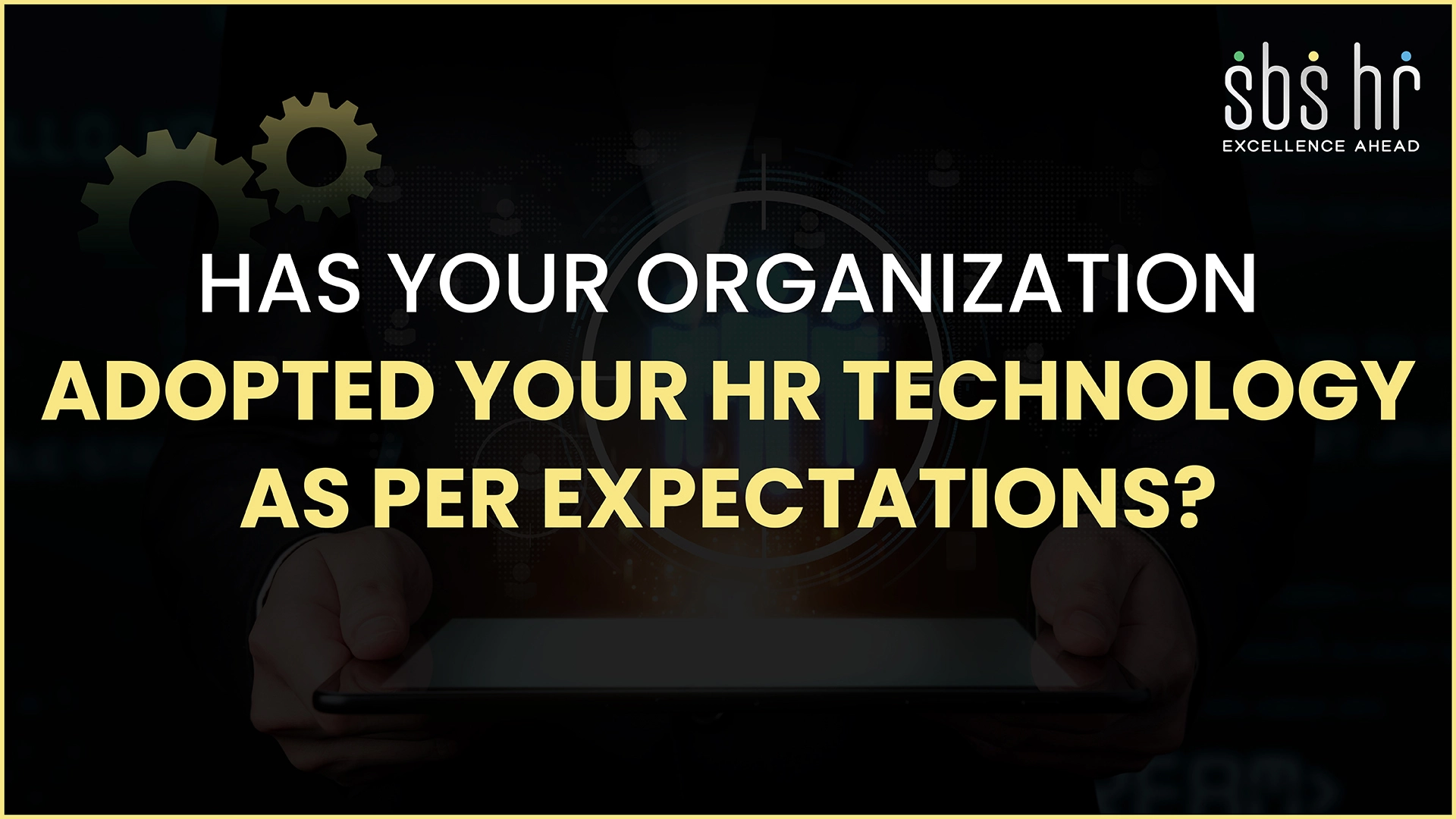In today’s fast-paced business environment, integrating HR technology has become essential for organizations aiming to streamline their processes and enhance productivity. However, despite its critical importance, many organizations struggle to achieve the expected adoption levels. This discrepancy between expectations and reality often stems from several underlying issues. In this blog, we’ll explore the common reasons why HR technology adoption falls short and delve into the challenges faced during implementation.
How do you know has your organization adopted HR technology? Metrics used to calculate?
To determine if your organization has successfully adopted HR technology, you can employ several methods. Regularly conduct surveys and gather direct feedback from employees to understand their satisfaction and challenges with the technology. Analyze usage analytics such as login frequency, task completion rates, and active user counts to measure actual engagement. Include specific questions about the HR technology in employee satisfaction surveys to gauge its impact on overall job satisfaction. Track key performance metrics related to HR processes, monitor support and training requests to identify any difficulties, and assess system health by tracking uptime and resolution times for technical issues. Additionally, use advanced analytics tools to study user behavior within the system. Encouraging adoption can be achieved through comprehensive training programs, clear communication of benefits, structured change management, user-friendly design, continuous support and improvement, and incentivizing usage.
Lack of Training:
Issue: Employees often resist new technology because they are not adequately trained on how to use it. Without proper training, the software can seem intimidating, leading to low adoption rates. Additionally, ongoing support is crucial to address any issues that arise and to encourage consistent use.
SBS HR Solution:
SBS HR offers comprehensive training programs and continuous support to ensure employees are comfortable and confident using the technology. Regular workshops, webinars, and a dedicated helpdesk are part of our commitment to ongoing employee development.
Insufficient Communication:
Issue: When the benefits and functionalities of the HR technology are not clearly communicated to employees, they may not see the value in using it. Effective communication about how the technology can simplify their work and improve efficiency is key to fostering adoption.
SBS HR Solution:
SBS HR emphasizes clear and transparent communication strategies. We provide detailed on boarding sessions, user guides, and regular updates to keep employees informed about new features and benefits.
Employee Level :
At the employee level, individuals use HR technology primarily for self-service tasks. They can update personal information, view and request time off or leave, and access pay stubs and tax information. Employees also use the technology to participate in training and development programs, complete performance evaluations, and apply for internal job postings. This level of access empowers employees to manage their own HR-related activities efficiently and with ease.
HR Level:
HR professionals leverage HR technology to manage a wide range of functions crucial to the organization’s workforce management. They use the technology to maintain employee records, administer benefits and compensation programs, and handle recruitment and onboarding processes. Additionally, HR staff monitor compliance with labor laws and company policies, conduct performance reviews, and manage employee development plans. They also generate detailed HR reports and analytics, which help in making data-driven decisions and improving HR processes.
Leadership Level :
At the leadership level, executives and managers utilize HR technology to access comprehensive analytics and reports that provide insights into organizational performance and employee engagement. They monitor key metrics and make strategic decisions based on the data provided by the HR system. Leaders oversee talent management and succession planning, ensuring that HR strategies align with overall business goals. By using HR technology, they can effectively track the effectiveness of HR initiatives and programs, ensuring they contribute to the organization’s success.
Payroll Level :
The payroll team employs HR technology to streamline the payroll process and manage payroll records accurately. They ensure compliance with tax regulations and labor laws, handle deductions, benefits, and bonuses, and generate detailed payroll reports. The technology helps in automating payroll processing, which reduces errors and ensures timely payments. Additionally, the payroll team addresses payroll-related queries and issues, ensuring that employees’ compensation matters are resolved efficiently and effectively.
SBS HR’s Approach:
SBS HR offers an intuitive and easy-to-navigate interface designed for all employees, making it simple to update personal information, request time off, and access pay stubs. Employees have access to a comprehensive self-service portal where they can manage their HR-related activities independently, reducing the need for direct HR intervention. SBS HR centralizes employee records, benefits administration, and recruitment processes, streamlining HR tasks and improving efficiency. The platform includes tools to help HR professionals ensure compliance with labor laws and company policies, reducing the risk of legal issues. SBS HR provides leadership with comprehensive dashboards that offer real-time insights into organizational performance and employee engagement. Leaders have access to detailed analytics and reports that help in making informed strategic decisions regarding talent management and HR strategies. SBS HR automates payroll processing, ensuring accuracy and timeliness in employee payments while reducing manual errors. The system includes features to manage compliance with tax regulations and labor laws, helping the payroll team stay up-to-date with legal requirements. Payroll professionals have access to detailed payroll reports and summaries, aiding in financial analysis and reporting.
Conclusion:
Determining if your organization’s HR technology adoption meets expectations requires a clear assessment of its effectiveness and impact. If the results are not as anticipated, it’s important to investigate and address any issues. By continuously evaluating and refining your approach, you can ensure the technology aligns with organizational goals and provides the intended value.
Don’t wait to streamline your HR operations. Contact us now to learn how our HR technology implementation services can benefit your organization

